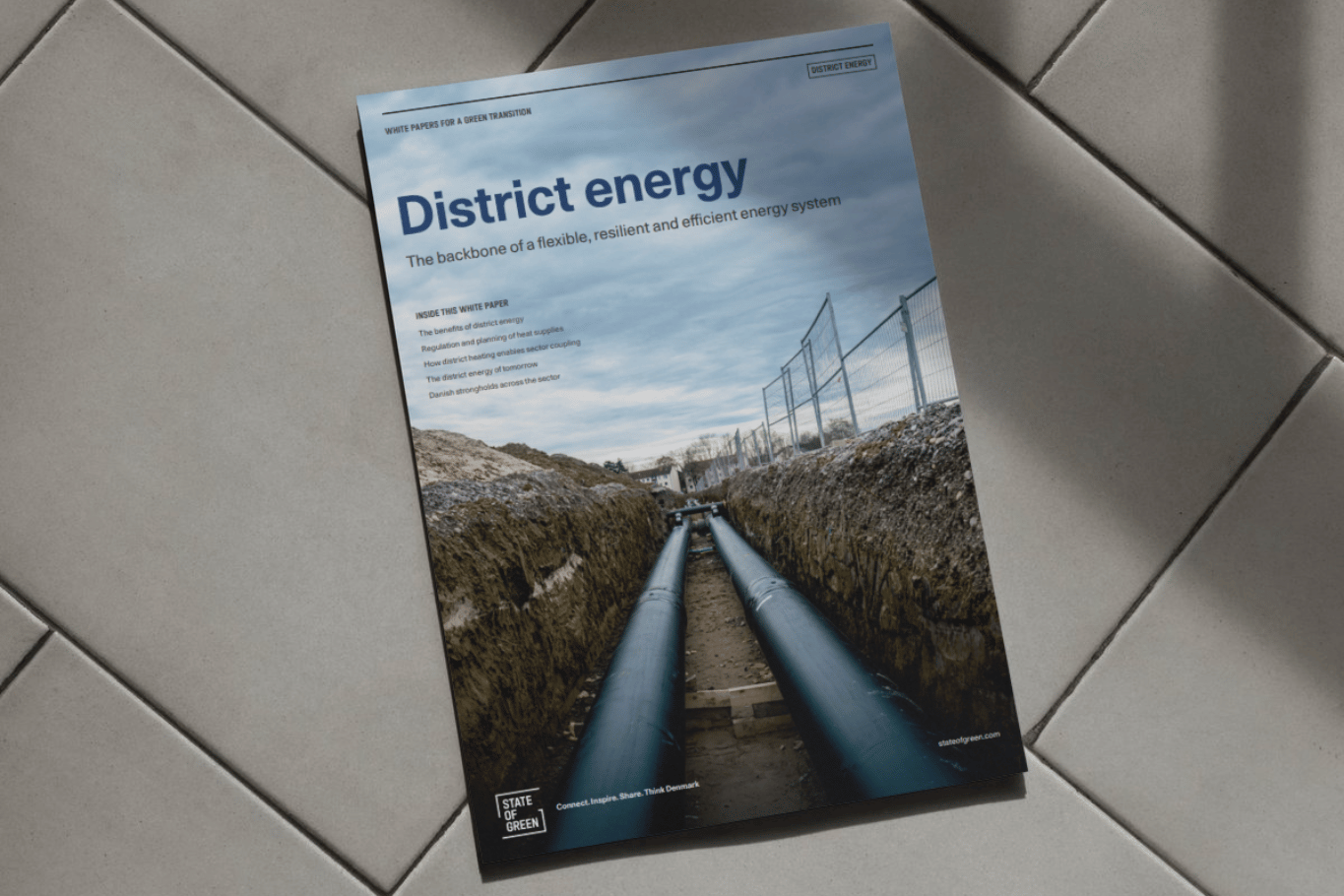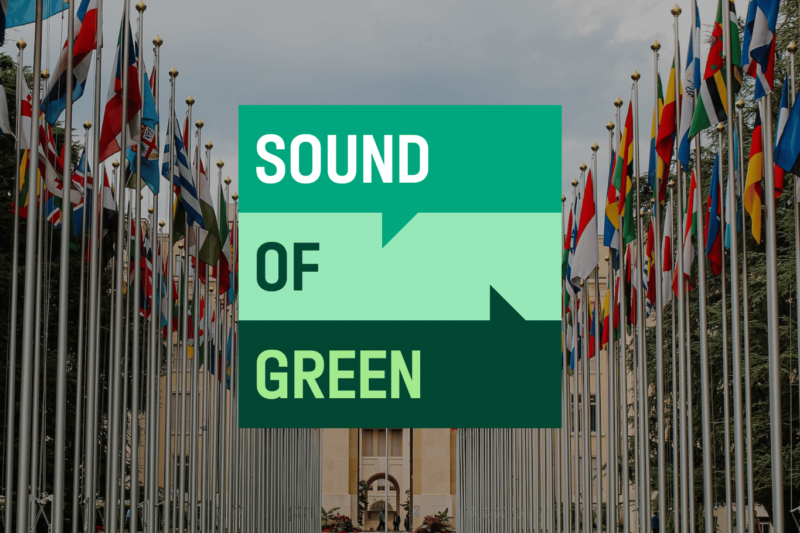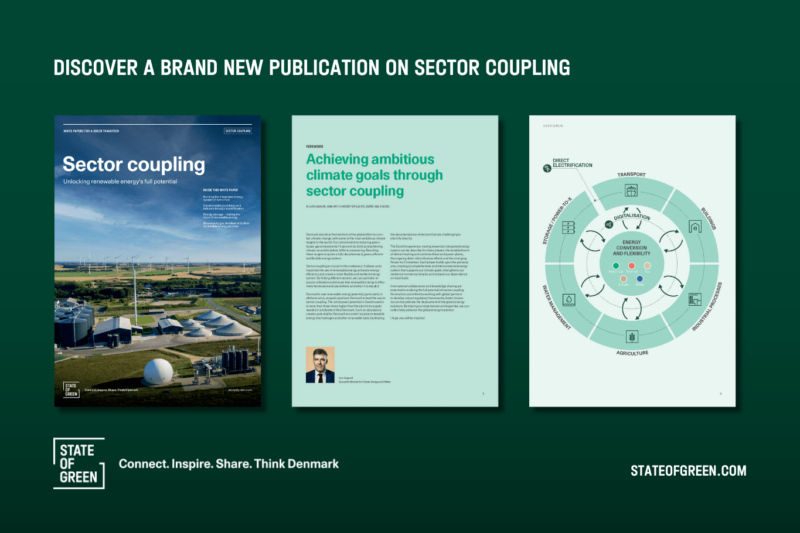In an era where flexible, resilient, and green solutions are imperative for a sustainable energy future, State of Green is proud to announce the launch of a new white paper on district energy.
This publication presents district heating as a cornerstone of the green energy transition, highlighting its versatility, economic efficiency, and environmental benefits in addressing global heating demands.
With contributions from several key Danish energy sector players, including the Danish Energy Agency, Danish Board of District Heating, and Danish Industry, the white paper explores district heating’s potential to mitigate climate impacts and bolster energy security. Denmark’s experience serves as a global model, showcasing how district heating has evolved from a local solution to a national infrastructure that powers over two-thirds of Danish homes, with a rapidly increasing share derived from renewable sources.




















